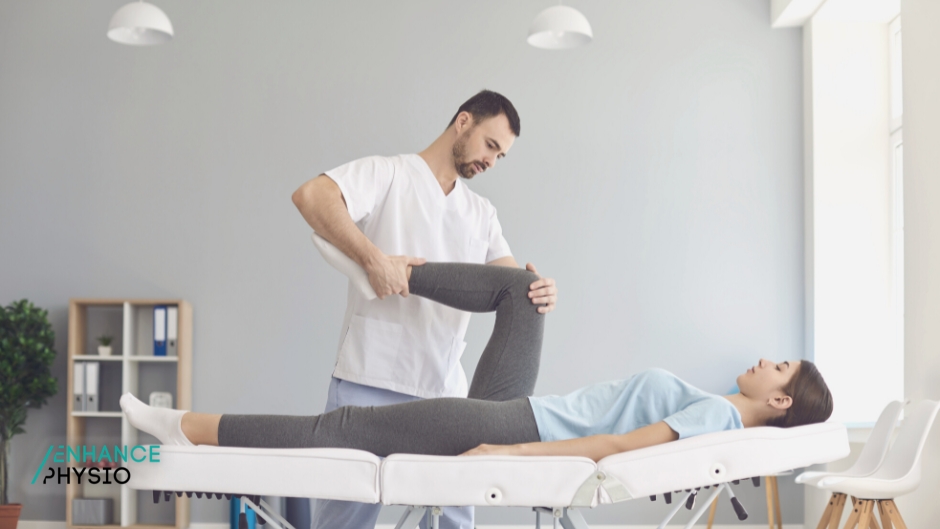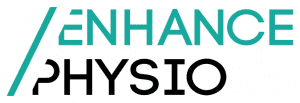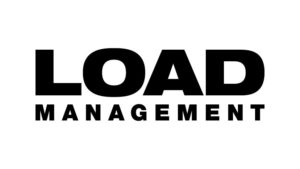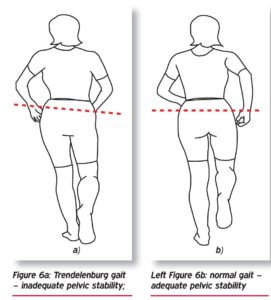Tendon injuries are common and can occur from overuse, repetitive motions, or sudden trauma. Traditional treatments for tendon injuries often focus on rest, ice, and medication, but these methods may not always provide long-term relief or promote proper healing.
Tendon loading is a specialised approach in physiotherapy to rehabilitate the tendon. It focuses on gradually and progressively loading the injured tendon to stimulate healing and improve its strength and function. This advanced physio treatment has shown promising results in helping patients recover from tendon injuries faster and with better outcomes.
What is a tendon?
A tendon is the tissue that connects muscle belly to bone. Tendons transmit the force generated by muscle contraction to bones, allowing the body to move. Tendons comprise dense connective tissue, strong elastic fibres, and collagen, making them resistant to stretching and pulling. They are found in the hands, wrists, elbows, shoulders, knees, ankles and feet. The tendons act as a bridge between muscle and bone, providing the body stability, flexibility and strength.
What is tendon loading?
Tendon loading is an integral part of rehabilitation for tendon injuries. It involves gradually introducing increased loading of the injured tendon while controlling pain levels. This helps to provide a gradual return to normal activities such as sports or work. This type of rehabilitation aims to restore a patient’s ability to use the affected tendon without causing further damage.
This is done by using specific exercises that place stress on the tendon, gradually increasing the intensity of the exercise over time. It can also involve braces to help control loading levels and protect the injured tendon during activities.
For a tendon to heal properly, it needs to be subjected to an appropriate amount of loading. Too little loading can lead to muscle and tendon weakness and stiffness. On the other hand, too much loading may cause further injury and pain. That is why you must follow a proper rehabilitation program with your physiotherapist to ensure that the load placed on the injured tendon is safe and appropriate.
Tendon loading involves starting low-intensity exercises and gradually progressing to more challenging activities. Many different exercises can be used, depending on the type of injury.
- Isometric exercises may also be used to help control pain levels initially.
- Concentric exercises, which involve shortening muscles as they contact, are also used in the early to mid stages of tendon rehabilitation.
- Eccentric exercises, which involve lengthening muscles as they contract, are often recommended for tendon injuries since they help strengthen tendons while minimising pain.
- Stretching exercises can help to improve flexibility and range of motion, while balance and proprioception exercises help to improve stability.
Tendon loading is an integral part of rehabilitation for tendon injuries. It helps to introduce increased loading while controlling pain levels gradually.
Following a proper rehabilitation program with a physiotherapist is the best way to ensure that the load placed on the injured tendon is safe and appropriate.
Physiotherapy for a tendon injury
An injured tendon may feel stiff and weak in the early stages, and you may experience pain if you attempt to move it.
What seems to work best in the rehab’s early stages is called isometrics. These muscle contractions load the tendon without any movement (static contractions).
The optimal way is to hold the contraction for 45 seconds, 5 repetitions with 2 minutes rest in-between.
The load must be heavy and a struggle to hold for 45 seconds. If you have a tendon injury, you should get some pain relief after completing this exercise by about 50%.
Isometrics are often called the “tendon panadol”. If your pain has increased, a thorough assessment is required as, most likely, you’ve been misdiagnosed, which we see regularly at Enhance Physiotherapy.
The main tendons we deal with at Enhance Physiotherapy are the Achilles tendon, patella tendon, rotator cuff tendon, and extensor tendon (tennis elbow). Each tendon behaves differently, so the rehabilitation MUST be individualised for the patient…and the tendon!
What is the healing timeline for a tendon?
The healing timeline for a tendon depends on the severity of the injury. Generally, it can take anywhere from a few weeks to several months to heal completely.

Final thoughts on tendon loading
At a recent conference, we attended on the management of tendon injuries, it was clear how poorly tendon injuries are treated in the community. The worst thing you can do for a tendon is REST!
Tendon loading is a proven method that speeds up recovery and strengthens your tendons to prevent future injuries. Incorporating these exercises into your training routine will strengthen






